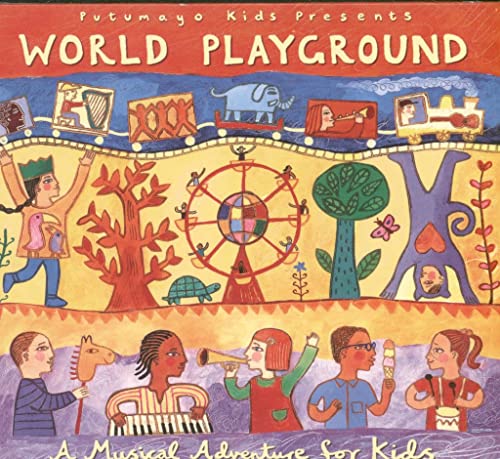Creativity is a crucial skill that every child should develop early on. It not only helps them become more independent and innovative, but it also makes learning more engaging, enjoyable, and memorable.
However, creativity doesn’t always come naturally to children, especially those more accustomed to structured and predictable routines.
The good news is there are many ways to encourage and develop your child’s creativity, regardless of age or learning style.

In this blog post, we’ll share five tips and activities to help unlock your child’s creativity and set them up for success.
Provide an open-ended environment
One of the most effective ways to nurture your child’s creativity is to create an open-ended environment that allows them to explore, experiment, and discover independently.
This means giving them ample time and space to play with various materials and objects without specific instructions or end goals.
For example, you can set up a simple activity station with art supplies, building blocks, costume pieces, and other items that encourage imaginative play.
You can also let your child explore nature and natural elements such as sand, water, rocks, and leaves, stimulating their senses and curiosity.
Encourage divergent thinking
Creativity is often associated with divergent thinking, generating multiple ideas, solutions, and perspectives for a given situation or problem.
To help your child develop this skill, you can ask them open-ended questions requiring multiple answers or solutions.
For instance, instead of asking, “What color is this flower?” you can ask, “What do you think this flower needs to grow?” or “How would you make this flower look different?”
This encourages your child to think outside the box and develop new ideas they might not have considered otherwise.
Here are three more fun ways to encourage divergent thinking:
- Involve in Role-Playing Games
Role-playing games (RPGs) offer a unique avenue for children to immerse themselves in various scenarios, characters, and outcomes.
Children learn to view situations from diverse perspectives by taking on different roles, fostering adaptability and creative problem-solving skills.
These games encourage kids to invent stories, negotiate rules, and develop unexpected solutions to challenges, enhancing their divergent thinking capabilities.
- Introduce Brainstorming Sessions
Regular brainstorming sessions are a fantastic way to get your child’s creative juices flowing.
Encourage them to list as many ideas as possible related to a particular subject, scenario, or problem, regardless of how outlandish or impractical these might seem.
The rule here is to defer judgment and welcome all suggestions. This practice helps children understand that creativity is about exploring all options and learning that the quantity of ideas can lead to quality solutions.
- Create a ‘Tinkering’ Space
Dedicate a space at home where your child can ‘tinker,’ experiment, and build with various objects.
This tinkering space could include recyclables, crafts supplies, old electronics, and tools for separating things and putting them back together.
Providing a physical space dedicated to open-ended exploration allows children to experiment with making, breaking, and understanding how things work, vital for developing critical thinking and creative problem-solving skills.
Embrace mistakes and failures
One of the biggest obstacles to creativity is fear of failure or making mistakes. Children afraid of getting things wrong tend to limit themselves and stick to what they know or have been told.
To avoid this, creating a safe and supportive environment that allows your child to experiment and make mistakes without feeling embarrassed or discouraged is essential.
You can do this by praising effort and progress rather than just results and modeling a growth mindset that embraces challenges and mistakes as opportunities for learning and growth.
This can help your child develop a positive attitude toward creativity and become more resilient in facing challenges.
Expose your child to different experiences and perspectives
One of the best ways to spark your child’s creativity is to expose them to different people, places, and ideas.
This can broaden their horizons and help them see things from multiple perspectives, essential for creative thinking.
You can do this by reading books, watching documentaries, visiting museums, attending cultural events, and traveling if possible.
You could even “travel” without leaving the house by doing lapbooks or unit studies like my 50 States Unit.
You can also introduce your child to diverse cultures, beliefs, and values through food, music, art, and other sensory experiences.
Incorporate creativity into everyday activities
Finally, creativity should not be limited to specific activities or projects. You can incorporate creativity into their everyday routines and tasks by encouraging your child to think creatively and problem-solve.
For example, you can ask them to create their breakfast recipes, create a new game with their siblings or friends, or design a fort out of household items.
This helps your child develop a sense of agency and ownership over their learning and fosters a lifelong love of creativity and innovation.
Here are 6 more ways to help develop creativity in your children:
- Storytelling Sessions: Encourage your child to create and tell their own stories, using everyday objects as props or characters. This boosts their imagination and narrative skills.
- Creative Problem-Solving: During daily routines, present your child with a simple problem or challenge and ask them to develop multiple imaginative solutions. This encourages innovative thinking.
- Art Diaries: Provide your child with a diary or sketchbook where they can draw, doodle, or write creatively about their day, dreams, or anything that inspires them.
- Nature-Inspired Creations: Use elements from nature walks or garden explorations as materials for art projects or as inspiration for imaginative play.
- Role-Playing: Engage in role-playing games where your child can invent characters, scenarios, or entire worlds, enhancing their storytelling and empathy skills.
- Musical Exploration: Encourage your child to create songs or invent new rhythms using household items. This nurtures a love for music and sound exploration.
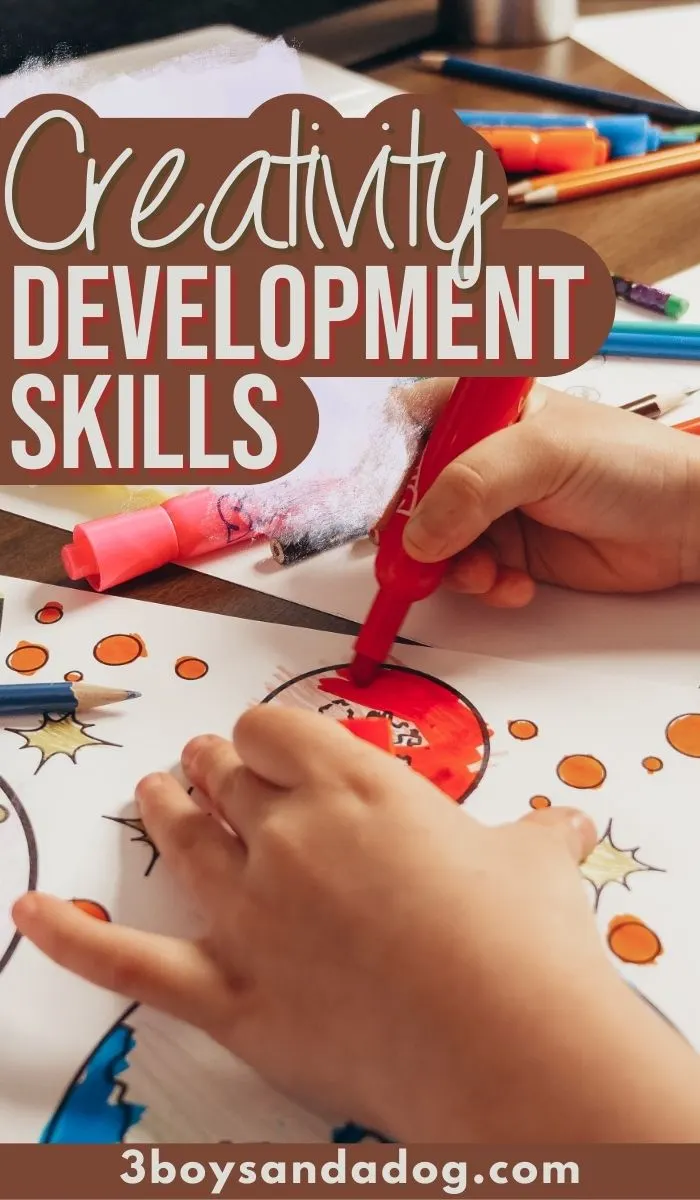
Creativity is a vital skill every child should develop to thrive in a changing and complex world.
By providing an open-ended environment, encouraging divergent thinking, embracing mistakes and failures, exposing your child to different experiences and perspectives, and incorporating creativity into everyday activities, you can help them unlock their full creative potential and become confident and innovative thinkers.
Learning Printables and Activities
These are excellent resources for kids! They’ll love being a part of the learning process from start to finish.
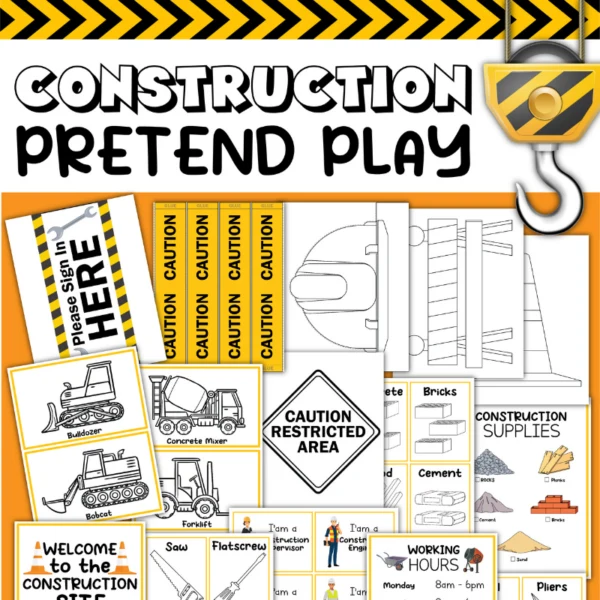
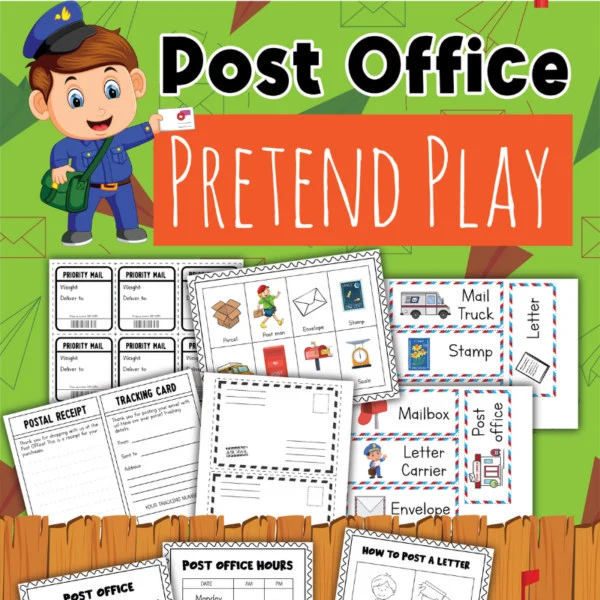
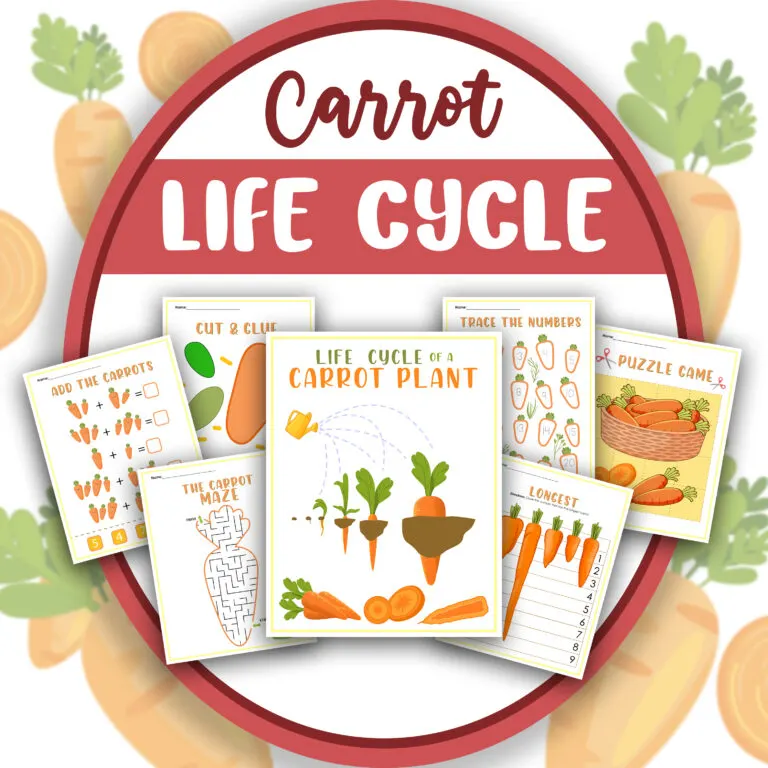
Creativity is not a talent but a mindset that can be cultivated with practice, patience, and support. So, don’t be afraid to let your child explore, imagine, and create in their unique way!




























